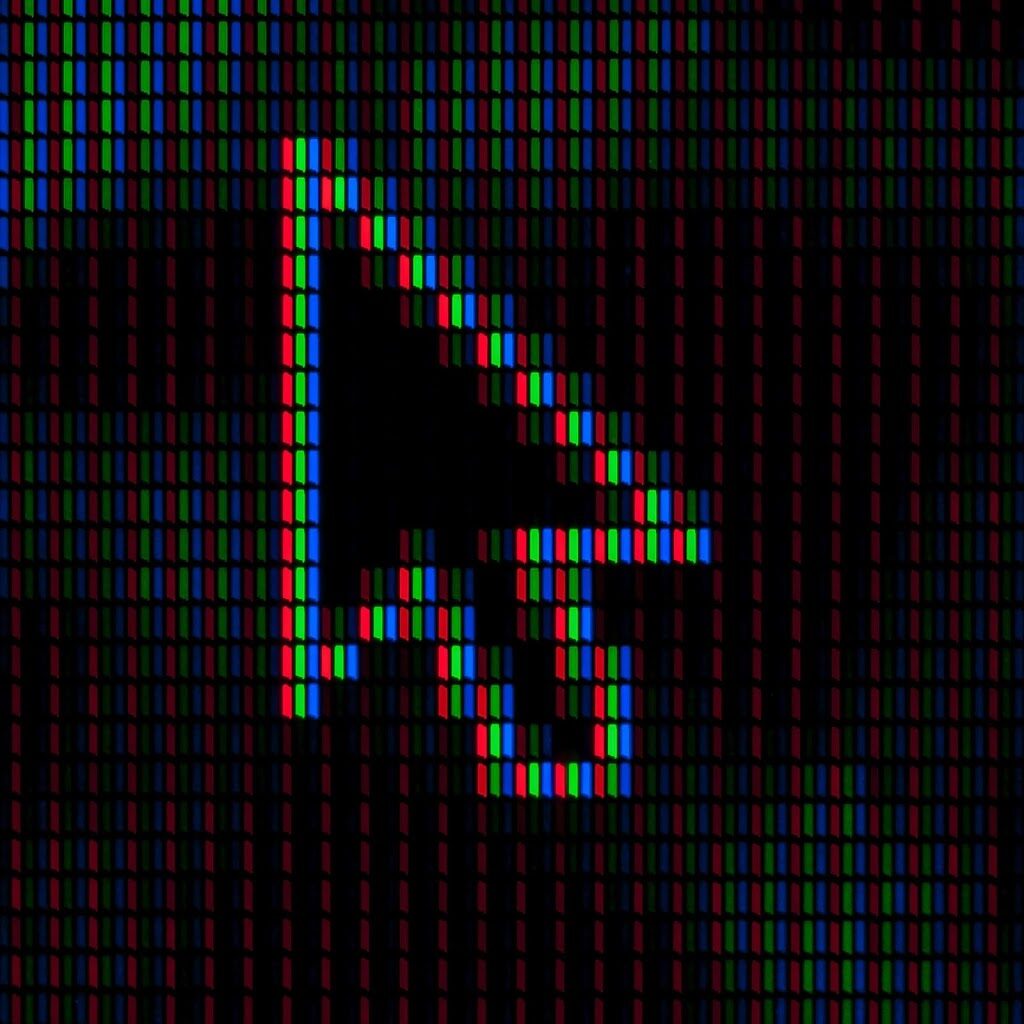Remote signalling through infrared rays has been used for many decades for various purposes. To understand infrared remote signals, we would take the television remote control as an example.
If we see the top of the remote control unit, there will be a small plastic LED (Light Emitting Diode) which emits Infrared radiation (IR). This radiation is a type of electromagnetic radiation with a wavelength and frequency of 0.7 to 1.4 micrometre and 300 GHz to 400 THz, invisible, but we can feel the heat. Also, the radiation is more prolonged than visible rays but shorter than radio waves. We may see the infrared rays through digital cameras.
Photo by Steve Johnson on Unsplash
Advantage of infrared rays for remote signalling:
Now, if we see a television or a DVD receiver, there will be an infrared light detector that will convert the infrared light signal to the electrical signal. Many android devices also have built-in infrared transceivers, which means that they can send and receive IR signals. Many mobile phone companies like Xiaomi and Huawei are still providing the IR blaster, and surprisingly they put it under one of the main features of mobile phones. The advantage of using it in mobile phones is that it can control older devices that cannot offer Bluetooth or any wireless connections.
The buttons in the remote control are all connected to a microprocessor through an electronic circuit. The switches in the remote control the device. So for each button, there will be a different binary command code.
For example,
The power button and volume button will have different binary codes. The codes are 0 and 1.
Bit zero is represented by high voltage in the first half and low voltage in the second half. But, Bit one is the reverse of that, with low voltage in the first half and high voltage in the second half. This type of binary coding is called Manchester coding and combines to form a command binary code. These series of codes are long and so different from each other.
Modulation:
This command binary code needs to be modulated because the sunlight also contains infrared rays to interfere with the infrared remote signal. To solve this problem, the signal is modulated with a frequency carrier with a 36-kilohertz signal.
A tv remote can only control tv, not other devices like a DVD player or PlayStation. The reason for this is the different address codes for the various devices. Apart from command codes and address codes, the infrared remote signal consists of other three bits:
Start bits (S) – to indicate the start of the frame
Field bits (F) – as a part of the command bit
Control bits (C) – toggles to 0 or 1 every time a remote button is pressed.
Thus the remote control using infrared light is a promising handheld wireless device that is still used to operate audio, video and other electronic equipment.
Caution:
The sun emits infrared, visible and ultraviolet rays. But infrared alone contributes about 54 percent of the sun’s radiation. Hence, we are experiencing infrared rays daily in the form of heat because they are thermal waves. The warmth from the infrared is comfortable for our body.
The thermal waves, i.e. the infrared waves from the sun, are safe, but they are dangerous for the eyes under some circumstances. It may affect the lens and iris due to heat from the infrared radiations. The opacity of the lens may occur due to the more prolonged exposure to infrared radiations.
Infrared therapy:
Apart from its cons against human health, it is used for therapy, including detoxification, weight loss, boosting the immune system, and skin relaxation.
Discover more from Aristoscienceworld
Subscribe to get the latest posts sent to your email.






